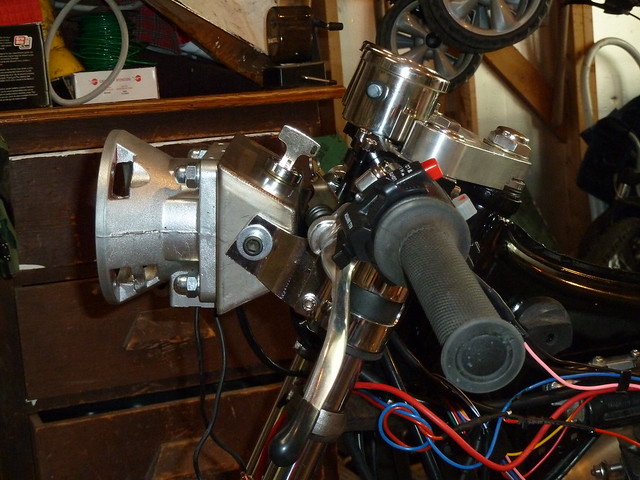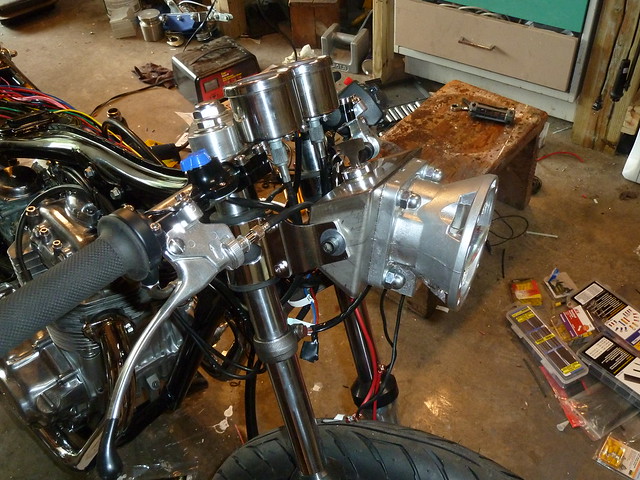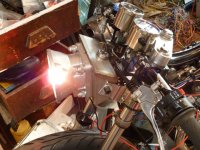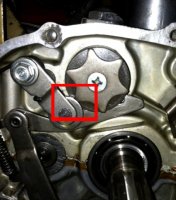Wangofree
Coast to Coast
Sonreir said:Eliminating the white wire will also eliminate some of your charging capabilities. I'd try to fix it, if that's the case.
I opened up the connection and sure enough the white wire was just idling off by himself. As I remember some guys were saying you didn't need it, some suggested splicing it into the yellow wire. I guess I put it off to the side for future use.
It is now spliced into the yellow wire connection, and the AC voltage hasn't changed, but, there is more charging voltage at the battery, so I guess I'm good. I'll keep plugging along and we'll see what happens.
Thanks for your thoughts Matt.








